This blogpost is one of three from Professor Becky Allen, Professor John Jerrim and Dr Sam Sims, reporting findings from Nuffield Foundation-funded research they have conducted into teacher mental wellbeing. It reports new findings based upon recently collected data from the Teacher Tapp survey app. The full report is available here.
Psychological wellbeing is a complex construct that is necessarily difficult to measure. We were fortunate that prior to the once-in-a-lifetime partial school closures we had already measured elements of teacher wellbeing on several scales.
This blogpost explores this data, using three approaches to show why it is so important to have these longitudinal datasets to measure subjective responses to events.
Changes in our work-related anxiety question
In our previous blogpost, we showed that teachers generally saw work-related anxiety fall during the Covid-19 lockdown.
While private school teachers who were ‘live’ teaching remotely and headteachers who were managing the crisis saw higher levels of work-related anxiety, the majority who work in the state sector saw their work-related anxiety fall.
On the anxiety scale of 0-10, their measured pre-Covid term-time average score was 3.9 and their post-Covid term-time average score was 3.4, representing a fall in mean average anxiety of half a point.
However, since this anxiety question specifically relates to work anxiety, it tells us nothing about how teachers’ broader psychological wellbeing was affected by lockdown.
Changes in the Warwick-Edinburgh mental wellbeing scale
The Warwick-Edinburgh mental wellbeing scale was developed as an accessible measure of mental wellbeing across the general population for use in evaluation work.
We originally administered the 14-item scale during term-time last October. The questions all start “In the last two weeks I’ve…” and include some statements that we have found to be closely related with our single work-anxiety score, e.g. “Over the last two weeks I’ve been feeling relaxed” and “Over the last two weeks I’ve been feeling confident”.
The average pre-Covid teacher score (recorded in October 2019) on this scale was 47, which is actually a little poorer than the average of 51 for the population as a whole – perhaps no surprise given it was administered towards the end of a typically difficult half-term.
We asked the same questions during the height of lockdown, in the term-time part of April 2020, to see how teacher mental wellbeing had changed.
For the sample of teachers answering on both occasions, the average mental wellbeing score was largely unchanged at 48. However, this overall unchanged score masks very large changes in a few of the 14 sub-questions.
The chart below shows some of the findings.
Teachers were more likely to say they had energy to spare, were feeling relaxed, had been thinking clearly and were feeling loved during lockdown. They were less likely to say they were feeling useful, optimistic about the future, or interested in new things.
Perception of impact of Covid-19 on psychological health
So far, it seems that the huge change in the day-to-day activities of teachers changed aspects of their mental wellbeing, but was not associated with it materially deteriorating overall.
However, when we asked teachers whether they felt that the Covid-19 outbreak had a negative impact on their psychological health they answered rather differently.
On each of the three occasions when we asked, over two-thirds of teachers agreed that the impact had been negative, which is at odds with the changes in the Warwick-Edinburgh scale and their fall in work-related anxiety.
Variation of the effects of lockdown by prior mental health status
One group who were more likely to report that their psychological health had suffered during lockdown were those who had previously scored poorly on the Warwick-Edinburgh mental health scale.
The figures below (in pink) show that 43% of those with poor pre-Covid mental wellbeing scores felt the impact of lockdown was negative, compared to 31% and 27% with OK and good scores, respectively.[1]
However, this group with poor pre-Covid mental wellbeing were also most likely to report a fall in work-related anxiety scores and an improvement in their Warwick-Edinburgh mental wellbeing scale.
They tended to report that they found ‘normal’ teaching quite stressful (an average anxiety score of 5.4, versus 2.4 for those with good pre-Covid wellbeing). For them, the anxiety associated with teaching from home was lower.
This analysis shows how difficult it is to assess changes in the psychological health of a profession whose day-to-day lives are severely affected by lockdown.
In part, this is because many survey instruments are designed to measure mental health during times when normal day-to-day interactions are possible. But more significant is the challenge that psychological wellbeing is a complex construct.
For teachers, it seems that while lockdown introduced new sources of stress and uncertainty, the removal of commuting, long working hours and stressful classroom disruption made life less stressful for many.
The project has been funded by the Nuffield Foundation, but the views expressed are those of the authors and not necessarily the Foundation. Visit www.nuffieldfoundation.org.
Want to stay up-to-date with the latest research from FFT Education Datalab? Sign up to Datalab’s mailing list to get notifications about new blogposts, or to receive the team’s half-termly newsletter.
1. The cut-points for categorising prior mental wellbeing are a score of 42 and below on the Warwick-Edinburgh scale for poor wellbeing, which research shows corresponds to the lowest 15% of scores in the national population. Scores of 52 and above (i.e. above the national average) as assigned to good wellbeing.



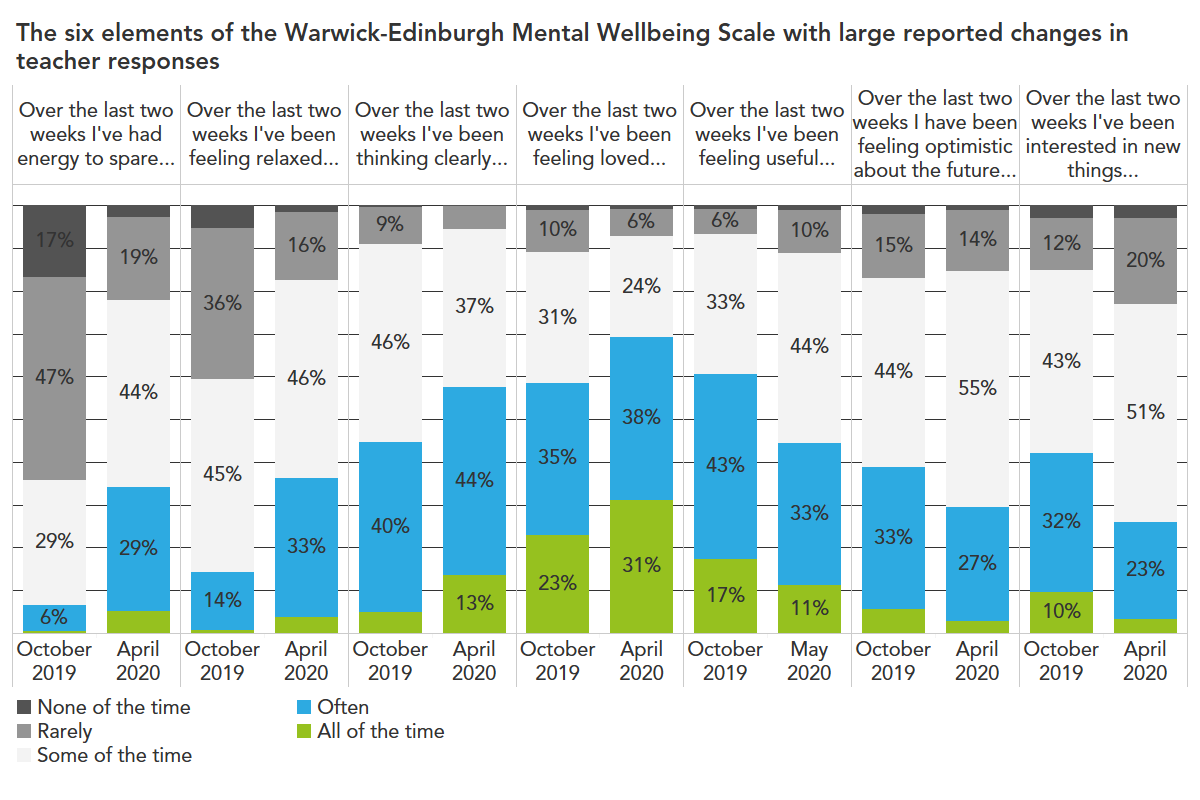
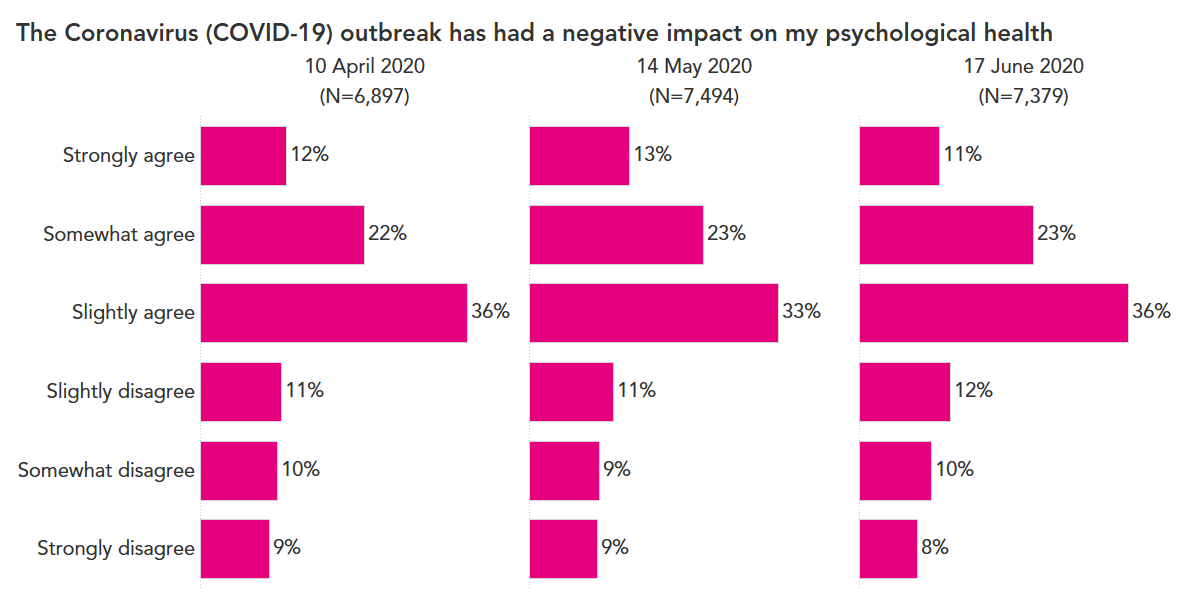


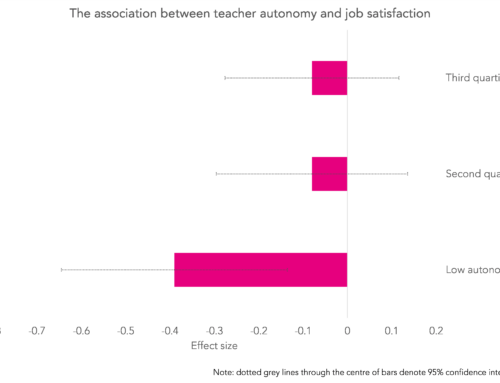
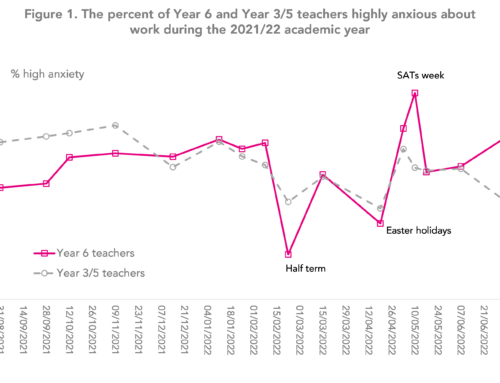

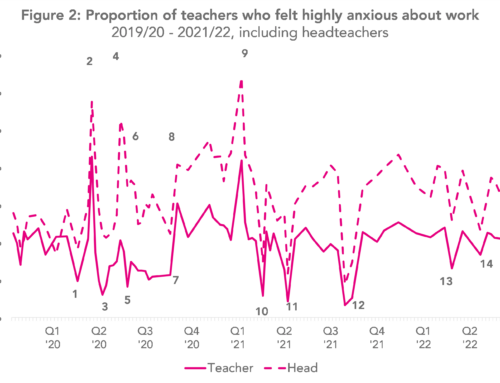
Leave A Comment